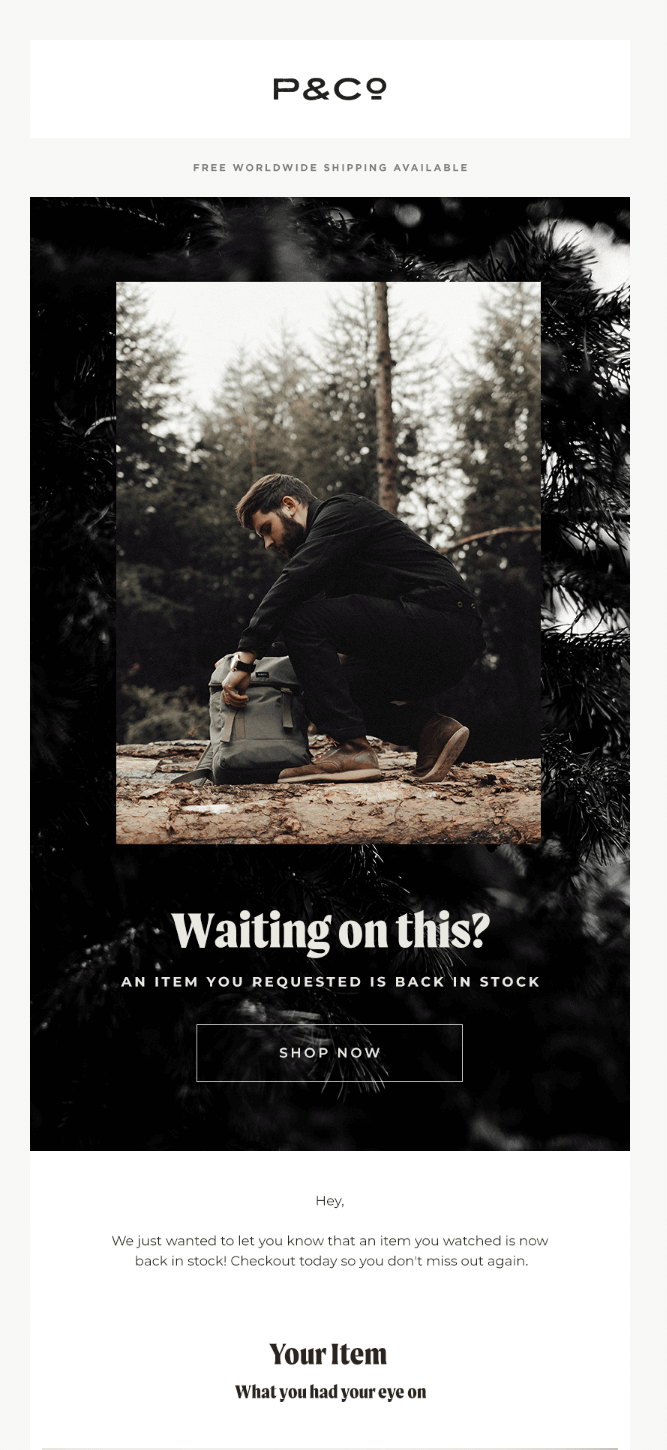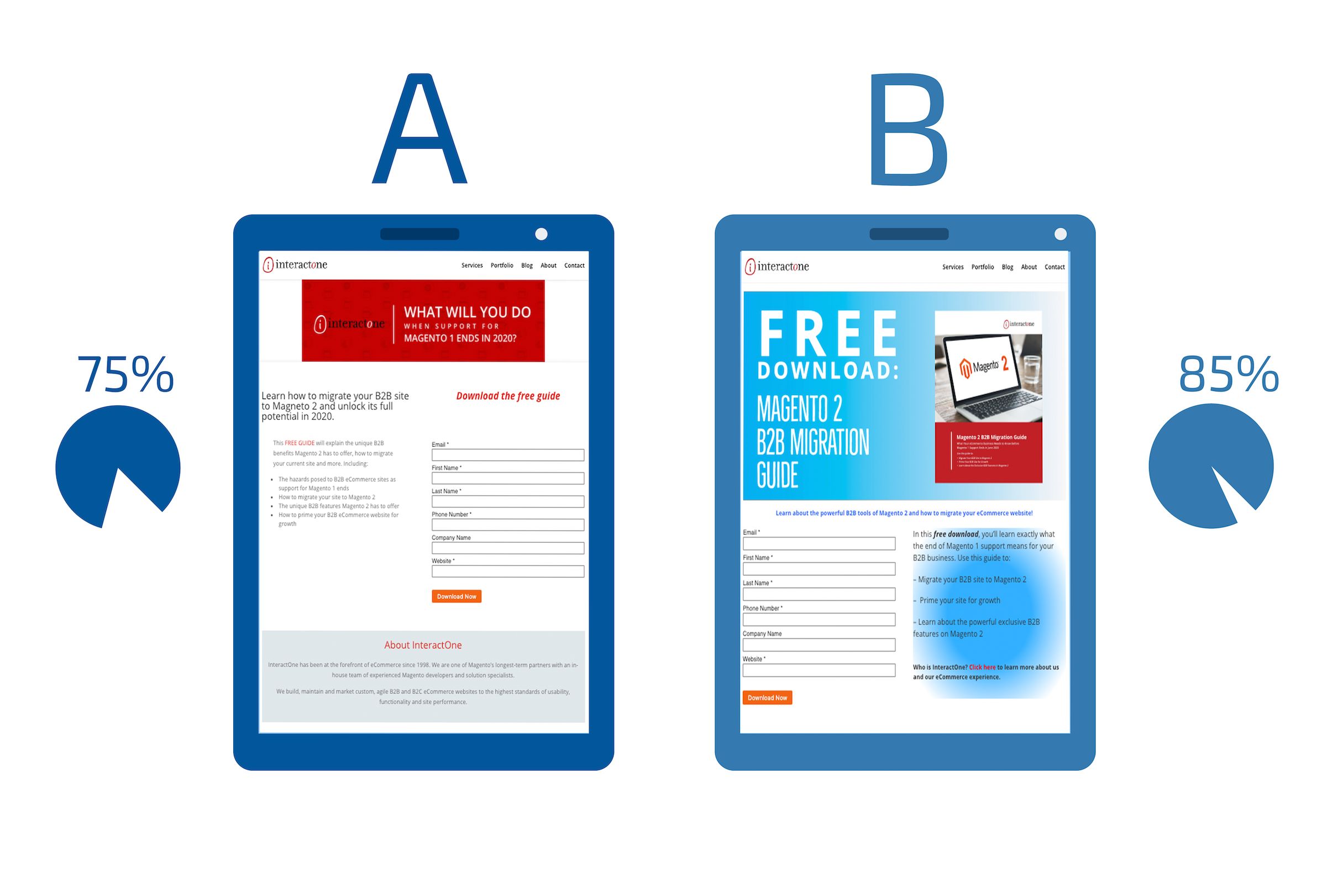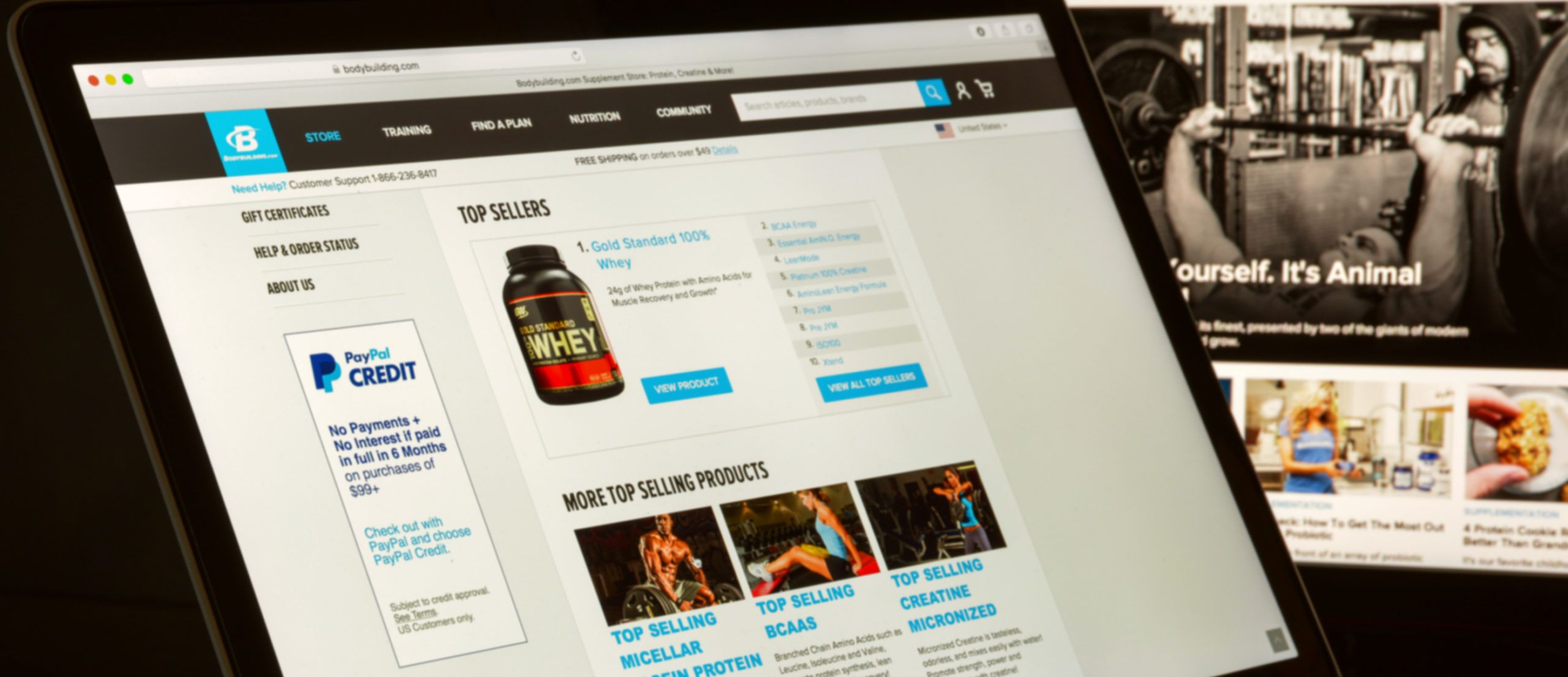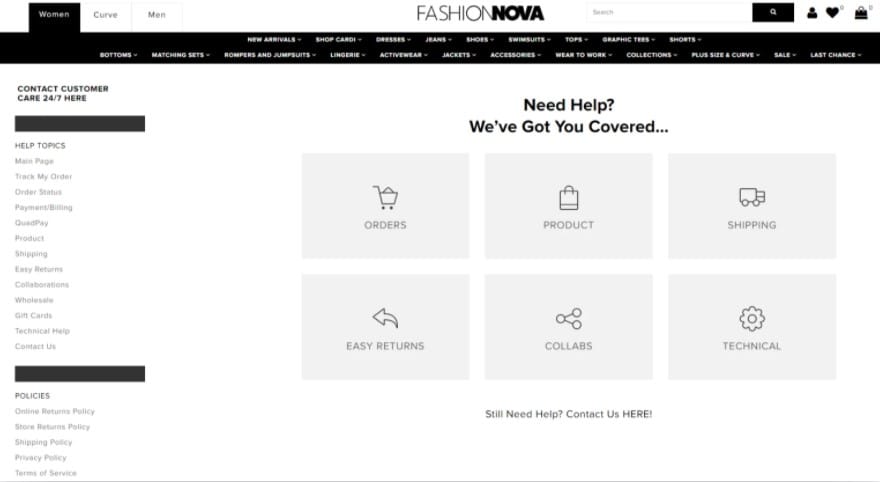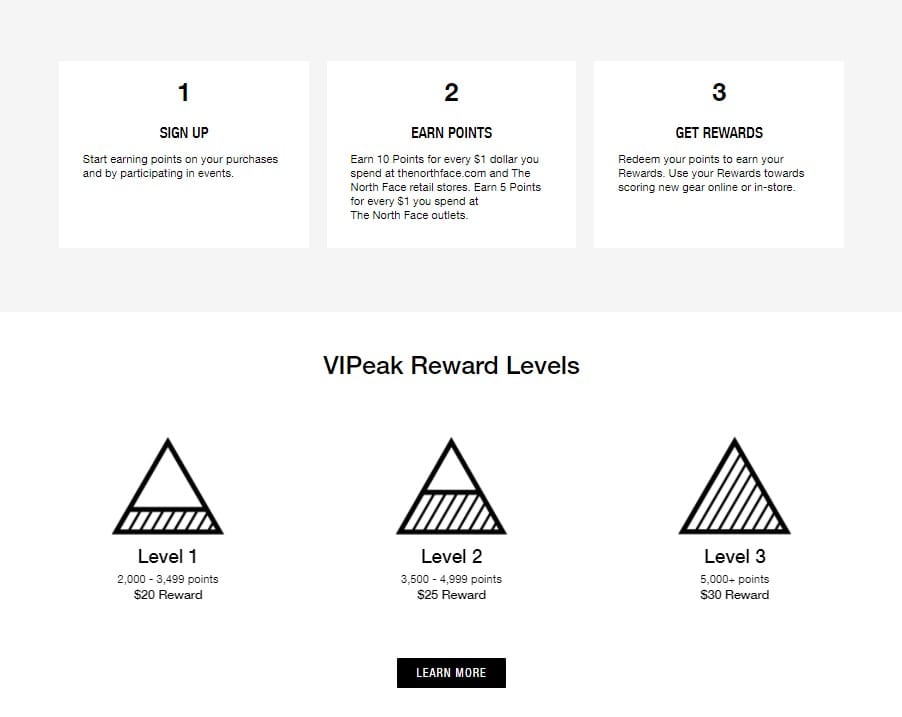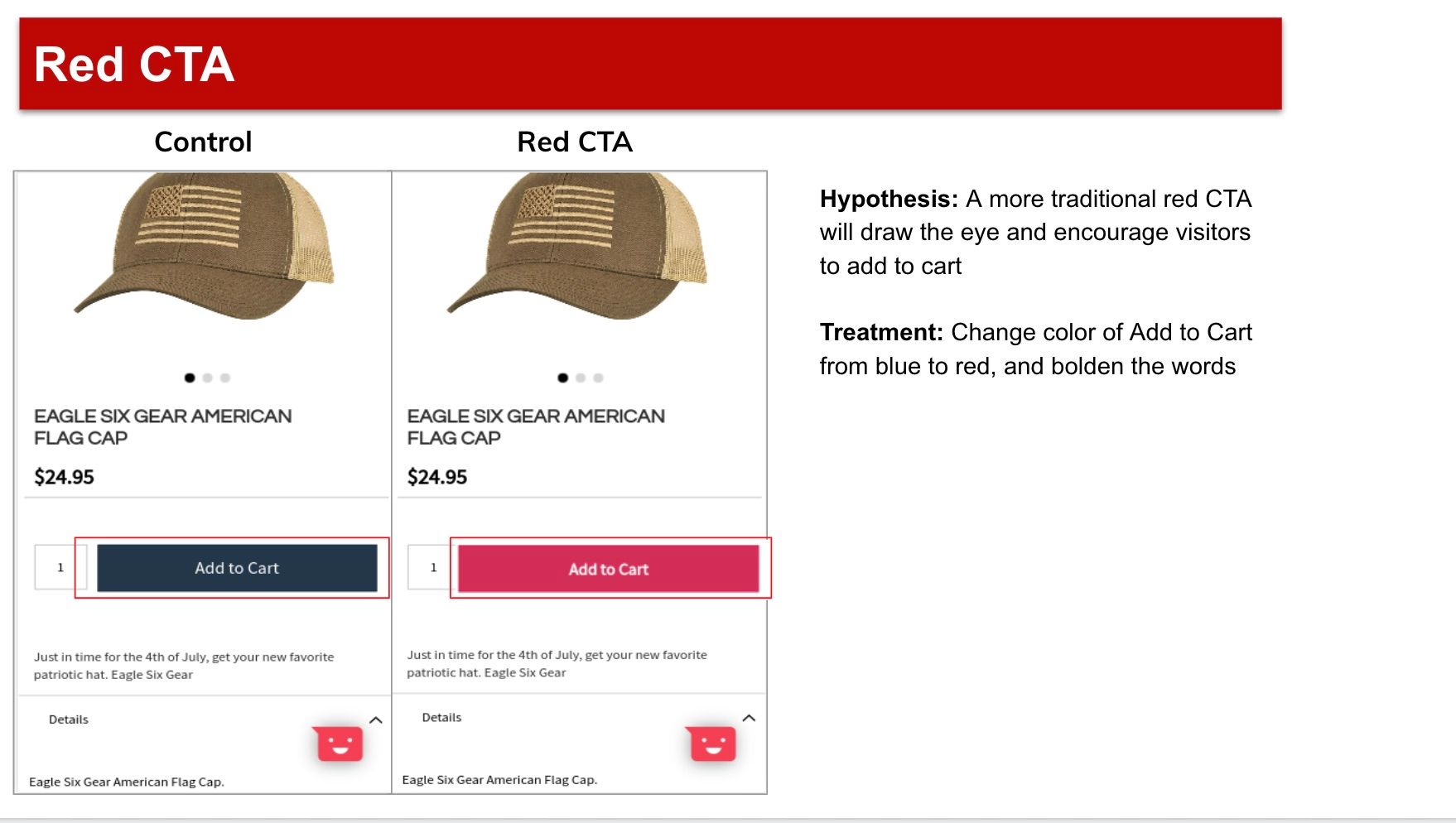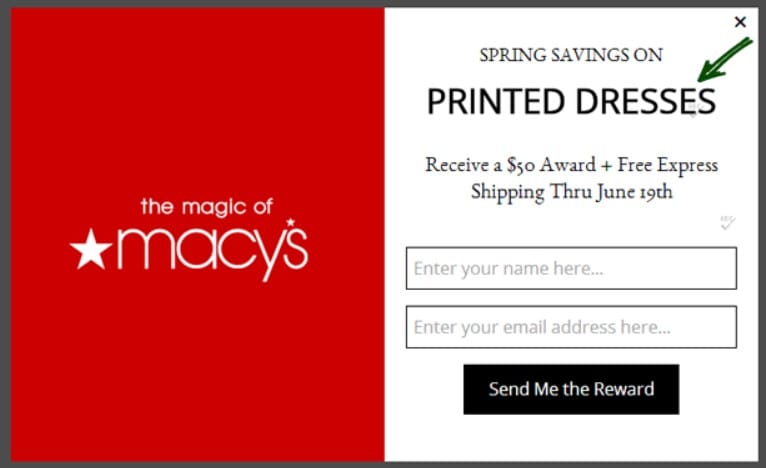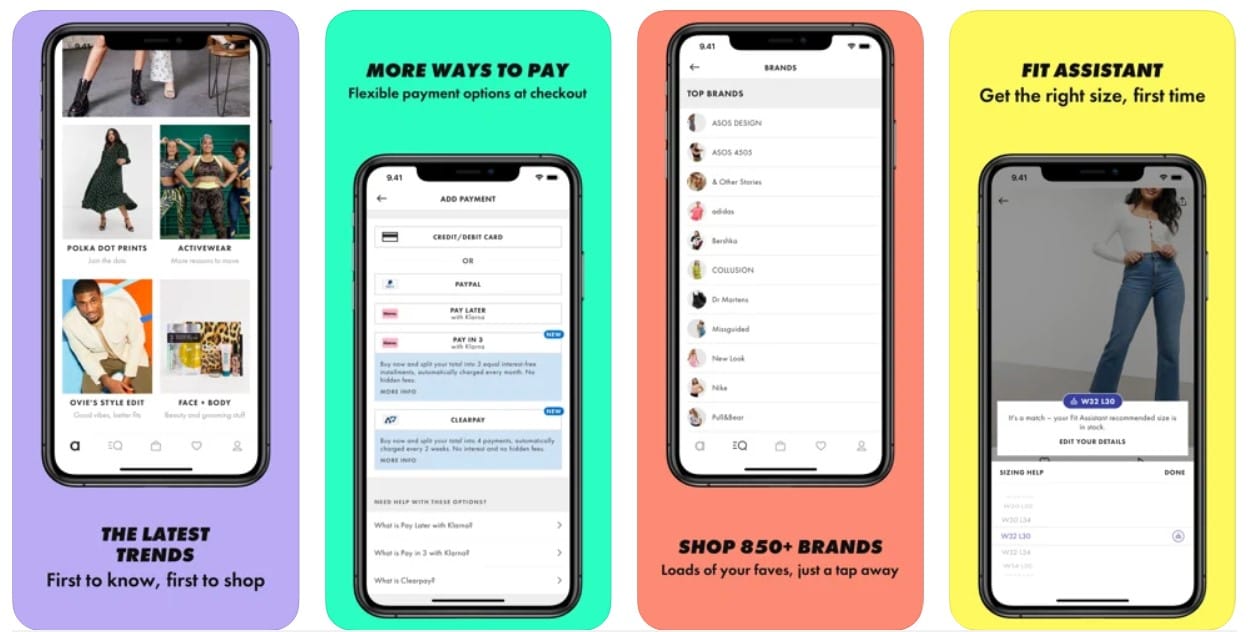
More Time is Needed; Google Delays Cookie Withdraw

For those unaware, in January 2020, Google first announced a plan to stop support for third-party cookies, which advertisers use to track users and target them with ads. The company said the plan, which originally had a “two-year” deadline, was to replace third-party cookies with more privacy-conscious technologies.
On Thursday, June 24, 2021 however, Google announced it was pushing back its original timeline of the Privacy Sandbox initiative to kill third-party tracking cookies in Chrome from 2022 to 2023. This will give users, publishers, and digital advertisers more time to plan for more privacy-conscious targeted ads and workarounds.
The delay comes after Google pledged to give oversight of the cookie changes to the UK’s antitrust watchdog.
In his latest blog post, Vinay Goel, Engineer Director of Google Privacy said, “while there’s considerable progress with this initiative, it’s become clear that more time is needed across the ecosystem to get this right.”
Despite this extension, other browsers such as Safari and Firefox have already implemented some default blocking against third-party tracking cookies. This emphasizes that it’s never too early to start your plan of action for when third-party cookies are removed from Chrome.
End of Third Party Cookies Updated Timeline
Google has now set out an extended timeline for the forthcoming changes. These changes will occur over a three-month period by the end of 2023.
- Stage one is expected to start in late 2022 and last for a duration of nine months giving publishers, advertisers, and ad tech vendors time to migrate their services to work with new cookieless technologies.
- The next stage marks the beginning of the end for third-party cookies, expected to start in mid-2023 and finish later that year.
“We must take time to evaluate the new technologies, gather feedback and iterate to ensure they meet our goals for both privacy and performance and give all developers time to follow the best path for privacy,” Goel concluded.
Google and other online ad industry players have been experimenting with new application programming interfaces (APIs), designed to prevent the tracking of individual users while still allowing advertisers to target clusters of people by their interests and measure the effectiveness of their campaigns.
Along the way, Google has promised to partake in transparent discussions and incorporate feedback from external parties including web developers, advertisers, publishers, and regulators. Competition watchdogs have also made it clear to Google that they want to be briefed on the changes. Google responded and offered to give the UK’s Competition and Markets Authority oversight of its plans to roll out technologies from the Privacy Sandbox, including offering the watchdog a 60-day “standstill period” before it introduces any changes.
Reactions from the industry
Google’s initiative to kill third-party cookies in Chrome has been met by resistance from the tech industry, especially from marketers and advertising agencies who are worried that the blanket stop to third-party cookies will hurt the internet economy and start-ups.
Early during the week of June 24th, the European Union opened an antitrust probe into Google’s advertising practices, including the company’s plans to phase out cookies in Chrome.
Simon Andrews, founder of the mobile marketing consultancy Addictive, said while a large portion of online ad businesses mistrusts Google, the industry needs to reach a consensus around building new privacy-focused solutions that are usable for all the players across the sector.
Have questions about whether or not your cookie game is up to date? Contact the pros at InteractOne to learn more.
Drop Us a Line At:
Or, if you prefer an old-fashioned phone call:
Phone (USA): (513) 469-3362
4665 Cornell Rd. Suite 255
Cincinnati, OH 45241




